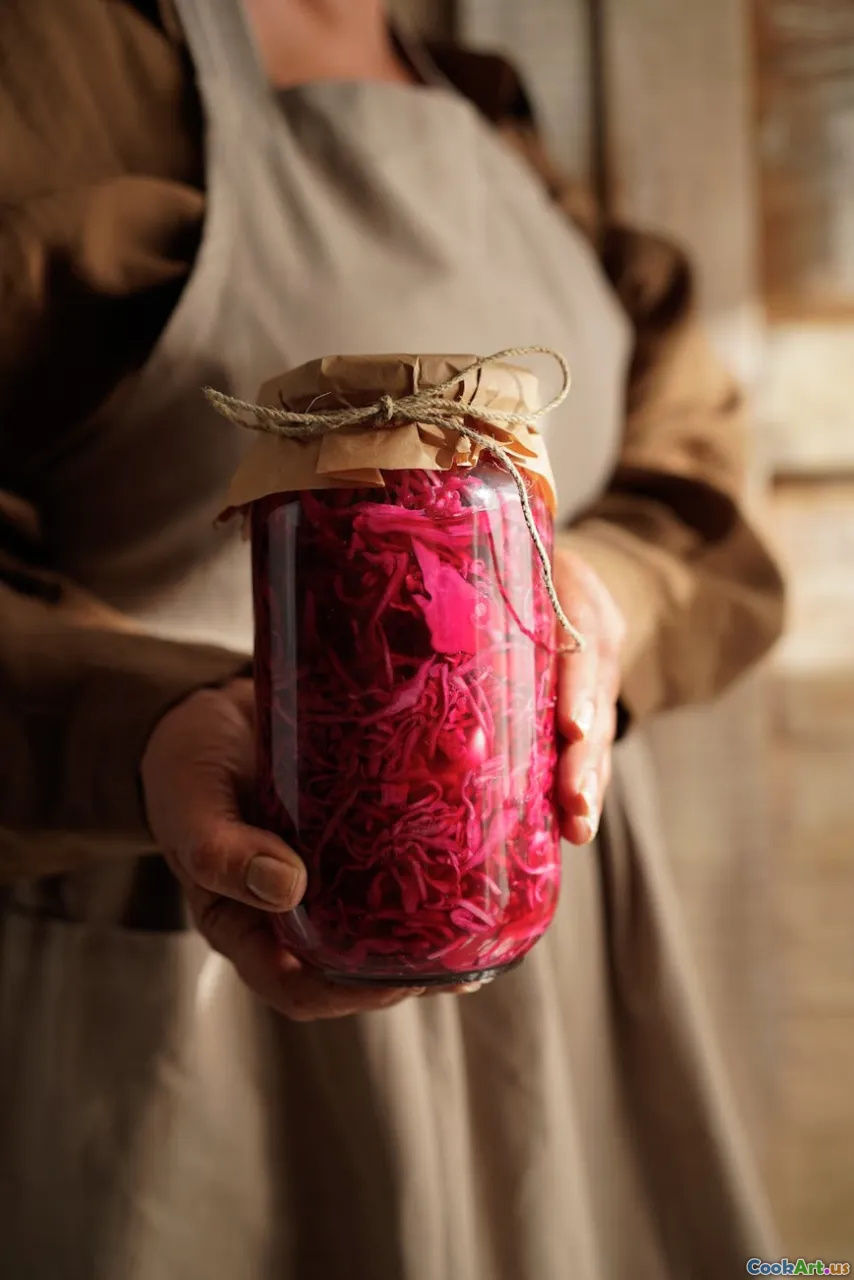The Art of Preserving Swedish Foods
8 min read Discover the timeless techniques and cultural significance behind preserving Swedish foods, from pickling to fermentation, that keep traditions alive. April 21, 2025 06:55
The Art of Preserving Swedish Foods
Swedish cuisine is a tapestry woven with the threads of centuries-old traditions, seasonal bounty, and a profound respect for nature's rhythms. Among its most captivating elements is the art of preserving foods—methods that transform fleeting seasonal ingredients into enduring flavors and cultural symbols. This practice is not merely about sustenance; it’s an act of cultural storytelling, a way to connect with ancestors, and a celebration of the Nordic landscape.
Introduction: A Journey into Preservation
Imagine standing in a rustic Swedish kitchen, the air thick with the scent of dill, juniper berries, and fermenting cabbage. Outside, snow blankets the landscape, yet inside, jars of bright red lingonberry jam, sour pickled cucumbers, and aged smoked fish whisper stories of summer harvests and winter feasts. Preservation in Sweden is more than necessity—it's a cultural art form that embodies resilience, ingenuity, and a deep-seated reverence for seasonal abundance.
Historical Roots and Cultural Significance
The Nordic Climate and the Need for Preservation
Sweden’s long, cold winters and short growing seasons historically compelled its people to develop preservation techniques that could store the bounty of summer and autumn. From the Vikings to modern times, preserving foods allowed survival through months of scarcity and transformed everyday ingredients into culinary treasures.
Traditions Passed Through Generations
Preservation methods like pickling, curing, drying, and fermenting have been handed down through generations, often within family kitchens and communal settings. These techniques fostered social bonds—neighbors exchanging jars of sauerkraut or sharing stories over smoked salmon.
Techniques of Preservation in Swedish Cuisine
Pickling and Canning
Swedes have perfected pickling vegetables and fruits, especially cucumbers, onions, and lingonberries. The iconic sill(herring) is often cured with spices or pickled, creating a tangy, savory flavor that’s central to Swedish smörgåsbord.Pickled cucumbers are a staple—crisp, tart, and refreshingly bright, they are the perfect accompaniment to hearty dishes. The process involves immersing sliced cucumbers in a vinegar-brine infused with dill, garlic, and mustard seeds, then sealing them in jars to develop flavor over weeks.
Fermentation: The Soul of Swedish Preservation
Fermentation holds a special place in Swedish culinary history.Surströmming, fermented Baltic Sea herring, is notorious for its pungent aroma but revered for its complex, umami-rich flavor. Traditionally fermented for months, the process involves brining the fish and allowing natural bacteria to develop, resulting in a distinctive taste that is an acquired but cherished delicacy.Sauerkraut and other fermented vegetables also find their way onto Swedish tables, offering probiotics, crunch, and a tangy depth that complements both modern and traditional dishes.
Drying and Smoking
Drying fish and meats is an ancient technique, especially in coastal regions. Lutefisk, prepared from dried cod soaked in lye, is a traditional Christmas dish—its gelatinous texture and mild flavor embody centuries of preservation ingenuity.
Smoking is another beloved method. Smoked salmon (gravad lax) is cured with sugar, salt, and dill, then cold-smoked to achieve a silky texture and delicate smoky aroma. This method not only preserves but elevates the fish’s natural flavors.
The Art of Making Preserves: Jams and Cordials
Swedes also craft fruit preserves like lingonberry jam, which pairs beautifully with cheese and game meats. The berries are cooked gently with sugar until thickened, preserving their vibrant color and tart flavor.
Traditional cordials, such as blåbärssnaps (bilberry schnapps), are infused with local berries, capturing the essence of the Swedish landscape in a bottle.
Personal Reflections and Cultural Insights
Growing up in Sweden, I remember the ritual of autumn—harvesting apples, berries, and root vegetables—and the satisfaction of filling jars with bright red lingonberry jam or jars of pickled cucumbers. These foods weren’t just pantry staples; they were symbols of seasonal cycles and family traditions.
One vivid memory is helping my grandmother prepare surströmming. The pungent aroma filled the house, but together, we embraced the process, knowing that this dish connected us to generations past. It’s a reminder that preserving isn’t only about food—it's about continuity, identity, and community.
Modern Approaches and Innovations
Today, Swedish preservation techniques have evolved with modern kitchen tools and food science. Home fermentation kits, vacuum sealers, and improved canning methods make it easier and safer to preserve at home.
Chefs and food artisans are reimagining traditional preserves—infusing lingonberry jams with spices or fermenting vegetables with innovative flavors—keeping the art alive while adapting to contemporary tastes.
The Cultural Revival and Global Influence
The renewed interest in traditional preservation methods is part of a larger movement towards sustainable eating and local sourcing. Swedish fermented foods, with their rich flavors and health benefits, are gaining popularity worldwide.
Food festivals celebrating Nordic preserves, workshops on home fermentation, and the global rise of artisanal pickles exemplify how this ancient art continues to inspire.
Conclusion: Preserving as a Cultural Legacy
The art of preserving Swedish foods is more than a culinary technique—it’s a celebration of resilience, community, and reverence for nature’s gifts. Each jar, jarred fish, or fermented vegetable embodies centuries of ingenuity and cultural identity. As we embrace these traditions, we connect with a rich heritage that teaches patience, respect, and the joy of sharing flavors that have stood the test of time.
Whether you’re a seasoned home cook or a curious foodie, exploring Swedish preservation techniques offers a window into a world where food is treasured, stories are sealed in jars, and the seasons are savored long after their fleeting moments have passed.









